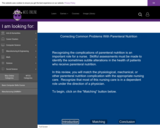
In this interactive object, learners match physiological, mechanical, or other parenteral nutrition complications with the appropriate nursing care.
- Subject:
- Health and Medical Science
- Nursing
- Date Added:
- 10/15/2010

In this interactive object, learners match physiological, mechanical, or other parenteral nutrition complications with the appropriate nursing care.

In this highly interactive and animated object, learners complete three exercises to identify the cranial nerves and their functions.

In this drag-and-drop exercise, learners review the names of diagnostic tests and match them with their descriptions and the nursing actions that relate to them.

Through the use of symbols and words, the learner reviews the etiologies, symptoms, and treatment of respiratory and metabolic acid-base disturbances.
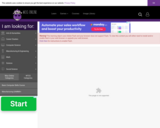
In this interactive object, learners read the definitions of terms related to moral and ethical principles. They then use a process to analyze an ethical dilemma in a health care setting.
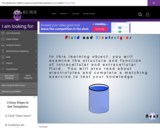
In this animated object, learners examine the structure and function of intracellular and extracellular fluid. They also read about the most common electrolytes in the body and complete a matching exercise to test their knowledge.
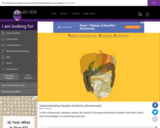
In this interactive object, learners review the parts of the gastrointestinal system and then check their knowledge in a matching exercise.

In this interactive object, learners review the medication, nursing implications, and client outcomes of gastrointestinal management. For every right answer, the learner earns a square on a tic-tac-toe board while playing against the computer or another contestant.

The user completes a fill-in-the-blank exercise to review the anatomy of the heart.

Learners examine a CBC and study the functions of blood cells, the normal range for each item on the CBC, and possible reasons for increases or decreases from the normal range.
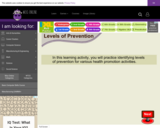
In this interactive object, learners identify a variety of prevention activities as primary, secondary, or tertiary.
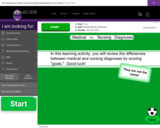
In this interactive and animated object, learners classify a number of diagnoses by shooting a soccer ball into goals marked "Medical" and "Nursing."

Learners identify various therapeutic interaction strategies to be used when working with children and adolescents to enhance self-esteem, self-concept, self-worth, body image, and coping and communication skills.
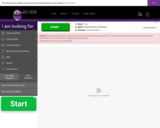
Learners test their knowledge of the high risk newborn in this interactive game.

In this interactive object, learners use their knowledge of postpartum theory and the nursing process to complete a plan of care. The student's plan may be e-mailed to the instructor.

In this animated and interactive object, learners conduct an experiment online to illustrate how a greater number of particles in a "vessel" increases osmotic pressure.
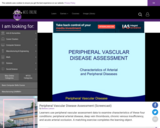
Learners use peripheral vascular assessment data to examine characteristics of these four conditions: peripheral arterial disease, deep vein thrombosis, chronic venous insufficiency, and acute arterial occlusion. A matching exercise completes the learning object.

In this interactive and animated object, learners examine the action of insulin and other antidiabetic medications. In a drag-and-drop exercise, learners match oral agents with the action they perform. In a separate activity, learners answer questions about the onset of action for different types of insulin.
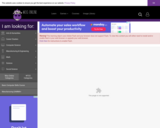
In this interactive object, learners select the correct description of a child in the five stages of development in the following categories: pattern of growth, vital signs, organ development, vision and hearing, and developmental stage.
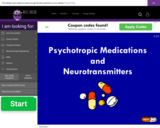
In this animated object, learners examine how psychotropic medications act on neurotransmitter systems to achieve their desired effect.